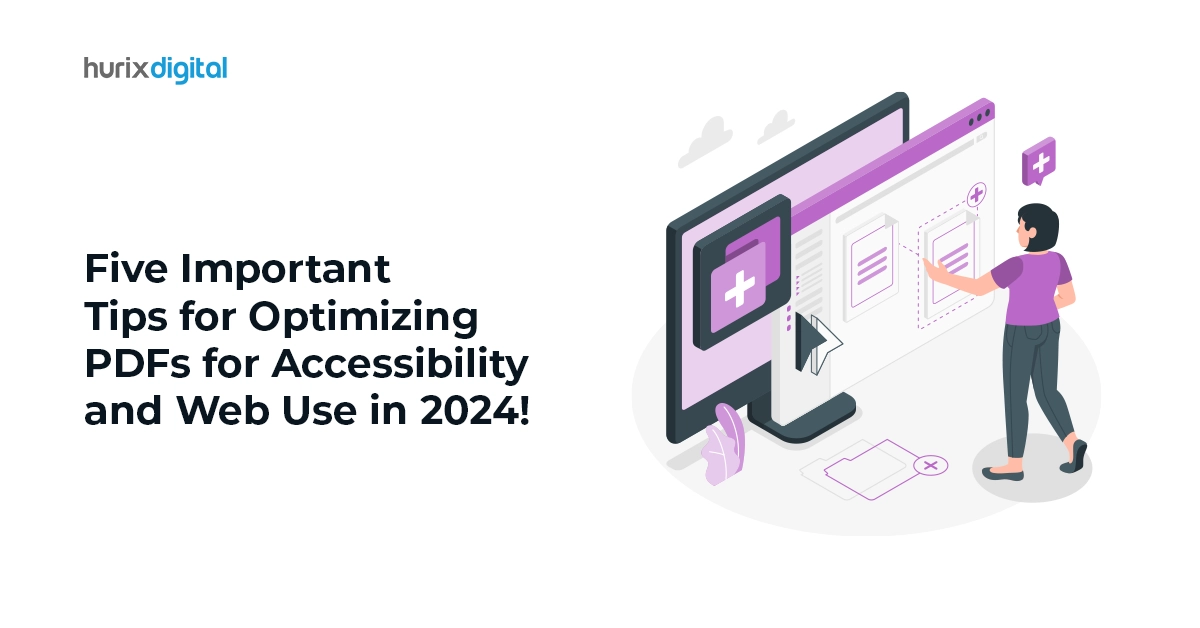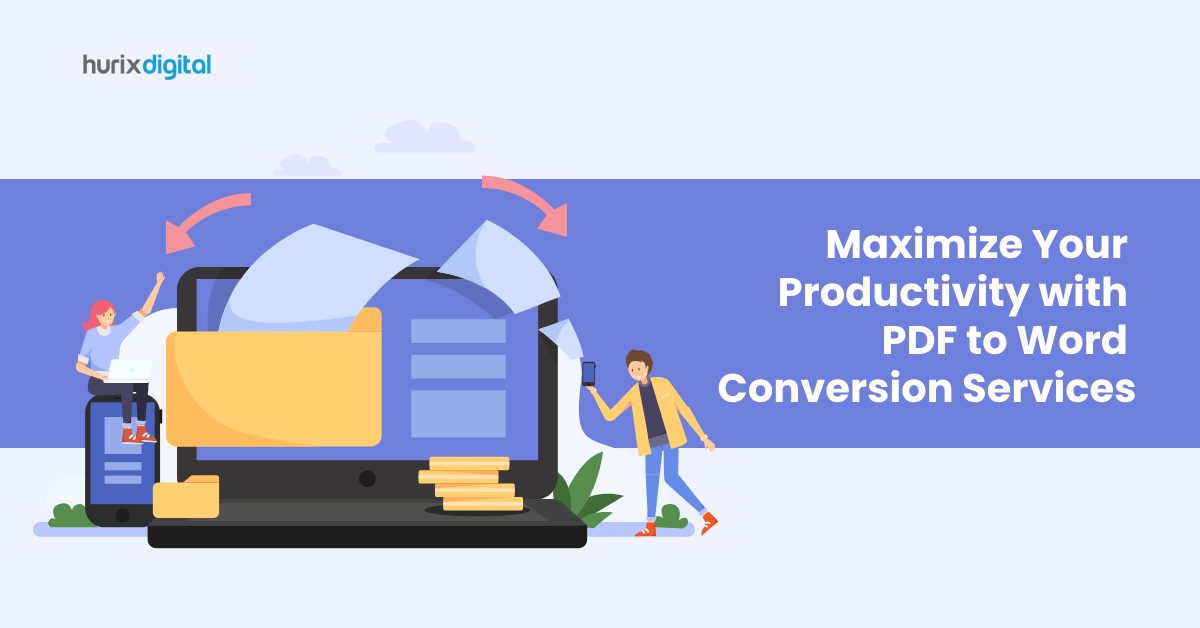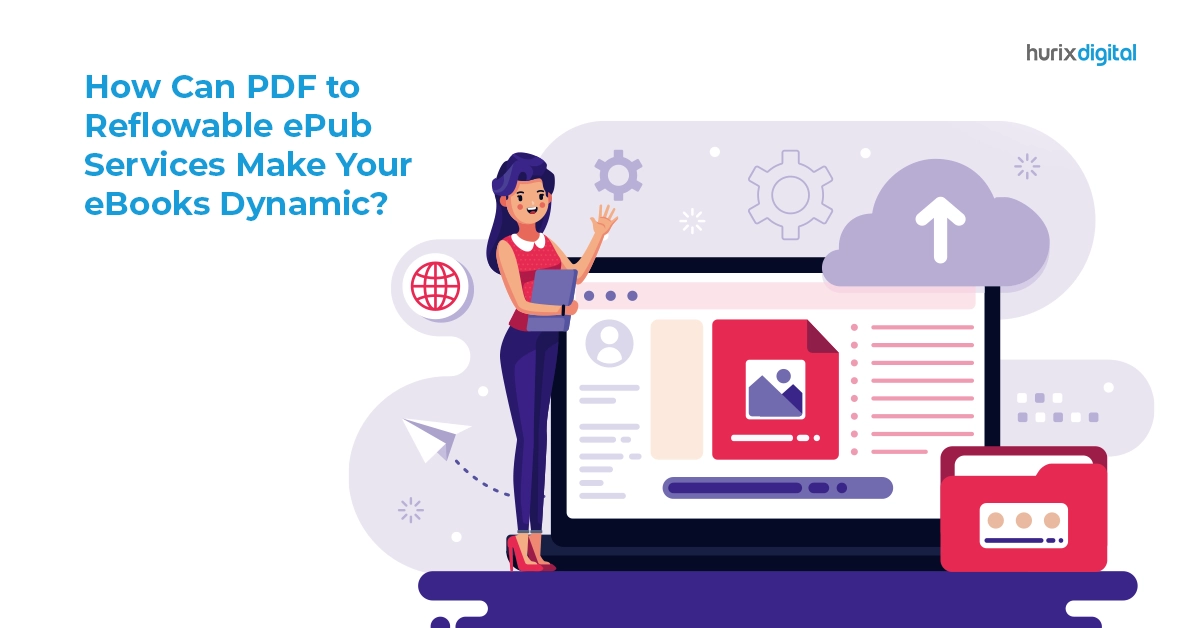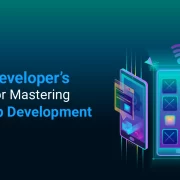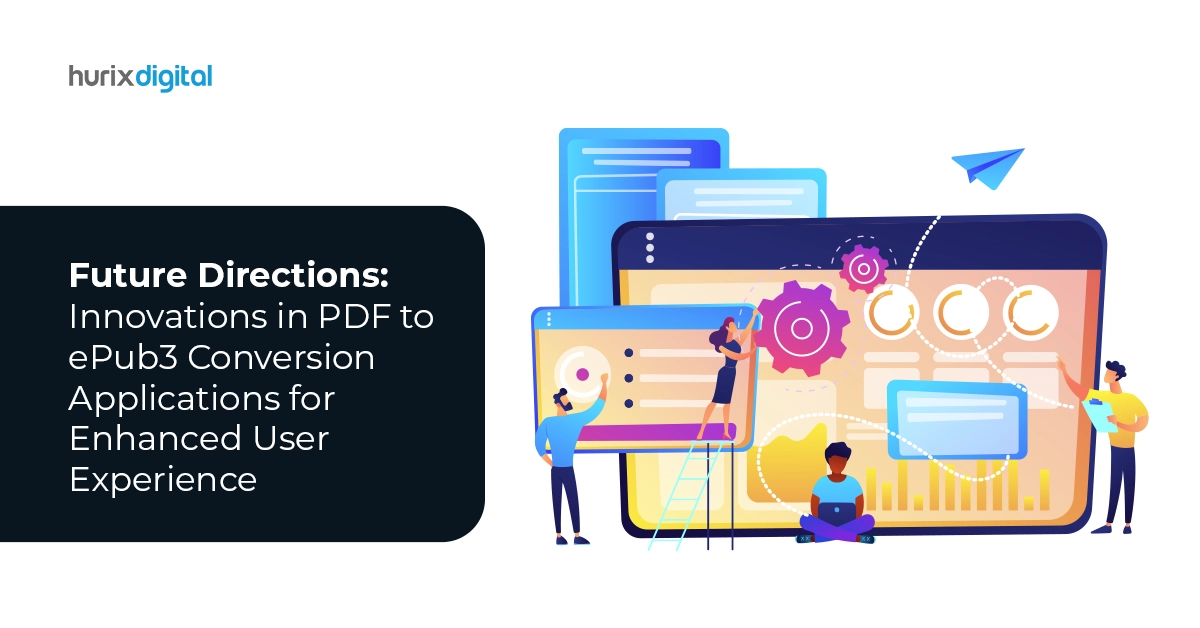
Future Directions: Innovations in PDF to ePub3 Conversion Applications for Enhanced User Experience
Summary
Learn about future trends and innovations in PDF to EPUB3 conversion. This blog highlights advancements aimed at enhancing user experiences in digital reading formats.
The digital publishing world is changing fast, and converting PDFs to ePub3 isn’t just a step anymore—it’s crucial. It links our old content with a growing audience eager for eBooks.
PDF to EPUB conversion not only ensures our legacy documents can reach a broader audience but also enhances accessibility and user-friendliness. Moreover, it drives innovation in how we present content, ensuring that our materials remain relevant and engaging in the long run.
In this post, we’ll explore the future directions of PDF to ePub3 conversion applications, exploring innovative approaches and features that promise to enhance eBook experiences across platforms. Let’s start!
Table of Contents:
-
The Future of Reading: At a Glance
Studies show that the global eBook market is projected to reach $32.19 billion by 2032. This highlights the increasing demand for accessible and engaging digital content.
This growth is fueled by the rise of mobile reading, with the report stating that the increasing trend of Bring Your Device has led to a surge in the interest levels generated by eBooks.
With changing reading habits and diverse user preferences, demands on eBook formats are evolving. Users seek eBooks that are not just visually appealing but also interactive, accessible, and adaptable across devices and platforms. Here’s where innovations in PDF-to-ePub3 conversion come into play.
Innovations for a More Engaging Reading Experience
The future of reading demands an experience that’s enriching, accessible, and ready for whatever comes next. We need conversion tools that push the boundaries, not just replicate the past.
It’s time to move beyond the simple act of transforming pages and focus on crafting an immersive and inclusive reading experience for everyone.
Let’s dive in further:
1. Improved Multimedia Integration
Moving beyond static text, future PDFs to ePub3 conversion solutions will seamlessly integrate multimedia elements like audio, video, and interactive features.
It allows authors and publishers to create rich, engaging eBooks catering to diverse learning styles and preferences. Imagine listening to an audiobook narration synced with the text or interacting with 3D models directly within the eBook.
2. Advanced Layout Preservation
While maintaining the core layout and formatting of the original PDF is essential for certain content types, the future lies in adaptive layout strategies. These allow for dynamic adjustments based on the reading device screen size and orientation, ensuring optimal readability and user experience across diverse platforms.
3. Enhanced Interactivity
Interactive elements like quizzes, polls, and annotations can be embedded within the eBook, creating a more engaging and dynamic reading experience. It allows for active learning, self-assessment, and personalized learning journeys.
4. Personalized Reading Preferences
Future conversion technologies could offer users granular control over font size, color scheme, and reading modes. It caters to individual preferences and visual needs, promoting accessibility and inclusivity in the world of digital reading.
Also Read: The Future of ePub: What Authors and Publishers Need to Know
PDF to ePub3 Conversion and Accessibility: What Are the Benefits?
At the heart of these future advancements lies adherence to the ePub3 standard. This standard defines the structure and format of eBooks, ensuring interoperability and accessibility.
Future conversion applications will utilize cutting-edge technology to harness the capabilities of ePub3 fully, enabling developers to create innovative and engaging eBook experiences.
Let’s explore this further:
1. Enhanced Accuracy and Retention of Content Structure
Current conversion tools often struggle with accurately preserving the original layout and structure of complex PDFs, particularly those containing tables, figures, and intricate formatting. Future advancements in artificial intelligence (AI) and machine learning (ML) hold promise for:
- Intelligent content analysis: AI can analyze the semantic structure and elements within the PDF, enabling more accurate conversion of tables, figures, and complex layouts.
- Adaptive layout algorithms: ML can be employed to develop algorithms that dynamically adjust layouts to different screen sizes and devices, ensuring optimal presentation across platforms.
2. Seamless Integration of Multimedia Elements
While ePub3 supports multimedia, current conversion tools often require manual integration, which can be time-consuming and prone to errors. Future innovations can focus on the following:
- Automatic multimedia identification: AI can be trained to automatically identify multimedia elements (audio, video) within the PDF and integrate them seamlessly into the ePub3 format.
- Context-aware placement: AI can analyze the content and context to suggest optimal placement for multimedia elements, enhancing the learning experience.
Advanced Accessibility Features
Nearly 1 billion people worldwide live with disabilities, emphasizing the importance of accessible technology and content. Accessibility features are essential for creating inclusive reading experiences. Future advancements can include:
- AI-powered content tagging: AI can be used to automatically tag elements like headings, tables, and images, improving navigation and screen reader compatibility.
- Dynamic content adaptation: Future tools could adapt content based on user preferences, allowing for adjustments in font size, color contrast, and text-to-speech settings.
3. Cross-Platform Compatibility
As the mobile reading market expands, ensuring seamless cross-platform compatibility is crucial.
Future PDF to ePub3 conversion applications will prioritize industry-standard ePub3 format compliance, guaranteeing consistent rendering and user experience across various e-reading platforms and devices.
ePub3 offers cross-platform compatibility, but ensuring seamless experiences across all devices requires further improvements.
Future innovations can focus on the following:
- Device-specific optimization: Conversion tools could adapt the ePub3 format to specific device capabilities, optimizing the reading experience for each platform.
- Integration with eBook reader platforms: Collaborations between conversion application developers and eBook reader platforms can create seamless integration, providing users with a unified and consistent reading experience.
Furthermore, accessibility features will become an essential component of future conversions. It includes features like text-to-speech conversion, dyslexia-friendly fonts, and improved screen reader compatibility, ensuring that everyone has equal access to the wealth of information contained in eBooks.
4. Utilizing Cloud-Based Solutions
Cloud-based solutions offer several advantages for PDF to ePub3 conversion, including:
- Scalability and accessibility: Cloud-based tools can be accessed from anywhere, and their scalable nature can handle large and complex files efficiently.
- Collaborative editing and version control: Cloud-based solutions can facilitate collaboration between authors, editors, and designers, allowing for real-time edits and version control.
- Integration with AI and ML services: Cloud platforms can leverage the power of AI and ML services to enhance conversion accuracy, accessibility, and content adaptation.
Beyond Conversion: Expanding the Possibilities
As the field of PDF to ePub3 conversion continues to evolve, we can expect to see further advancements and integrations beyond basic conversion functionalities:
1. Intelligent Content Adaptation
Conversion tools could utilize AI to adapt content based on user preferences or device specifications, offering personalized reading experiences.
2. Enhanced Security Features
Integration of digital rights management (DRM) solutions could enable secure distribution and access control of converted eBooks.
3. Seamless Integration with Publishing Platforms
Integration with digital publishing platforms could streamline workflows and simplify eBook creation and distribution processes.
Also Read: ePub3 vs. ePub Unraveling the Key Differences
Wrapping Up
The future of converting PDFs to ePub3 eBooks looks promising. With a dedicated focus on user-friendly features, adherence to clear standards, and the integration of innovative solutions, these tools are poised to elevate the eBook experience.
This progression not only enhances accessibility but also has the potential to broaden the world of eBooks, making knowledge more readily available and creating engaging reading experiences for everyone.
At Hurix Digital, we’re passionate about turning eBooks into captivating reads. Beyond basic conversion, we offer expert content creation and design services to help you reach a broader audience and explore the full potential of ePub3.
Contact us for more details.

Vice President – Digital Content Transformation. He is PMP, CSM, and CPACC certified and has 20+ years of experience in Project Management, Delivery Management, and managing the Offshore Development Centre (ODC).

